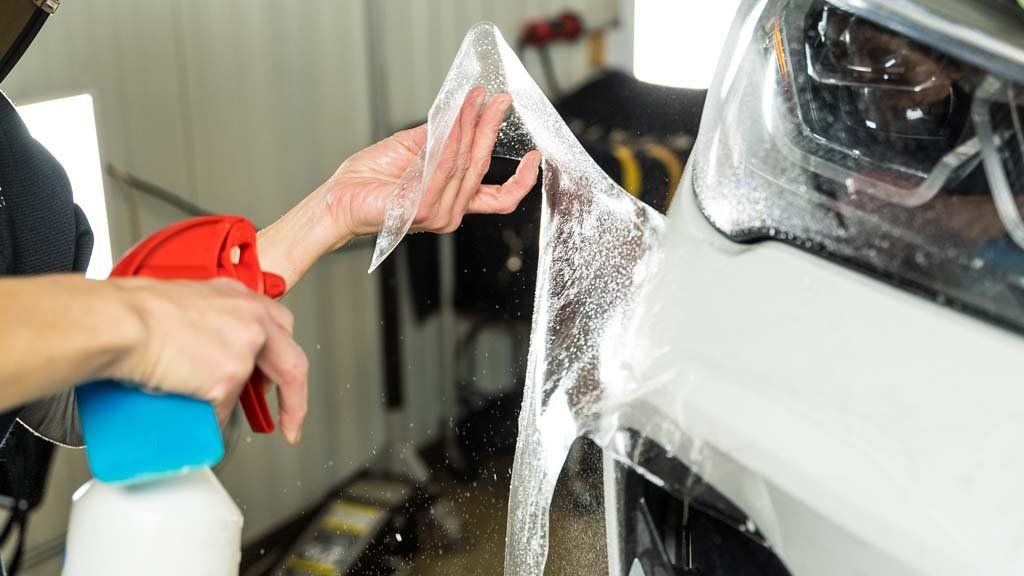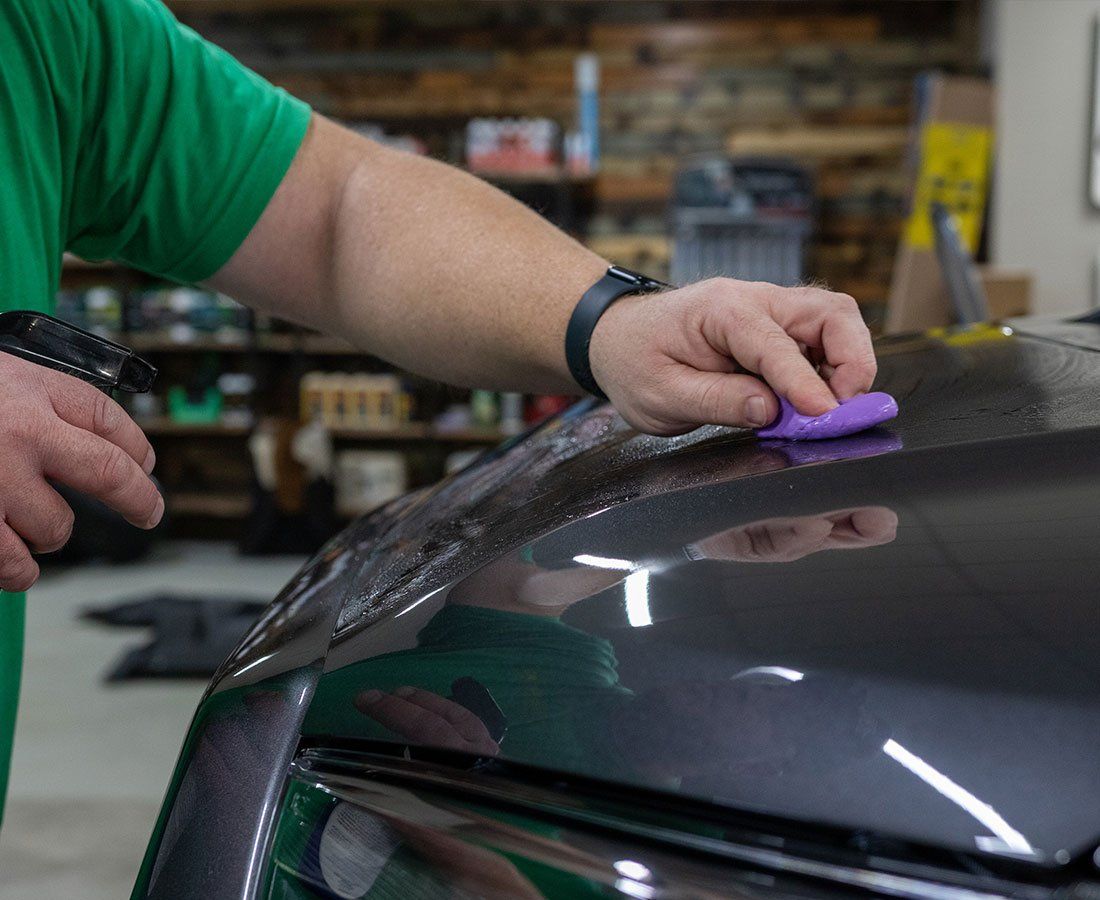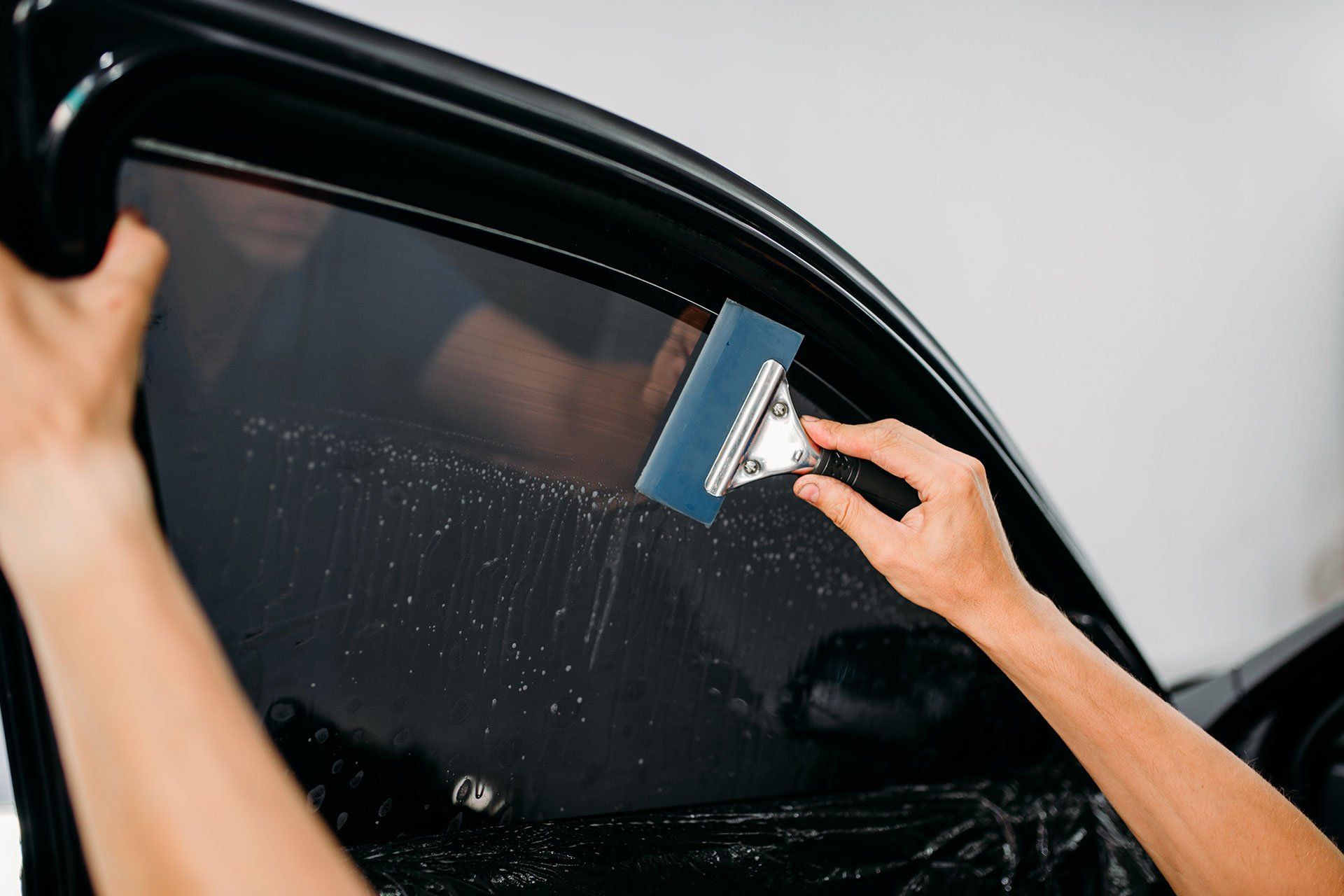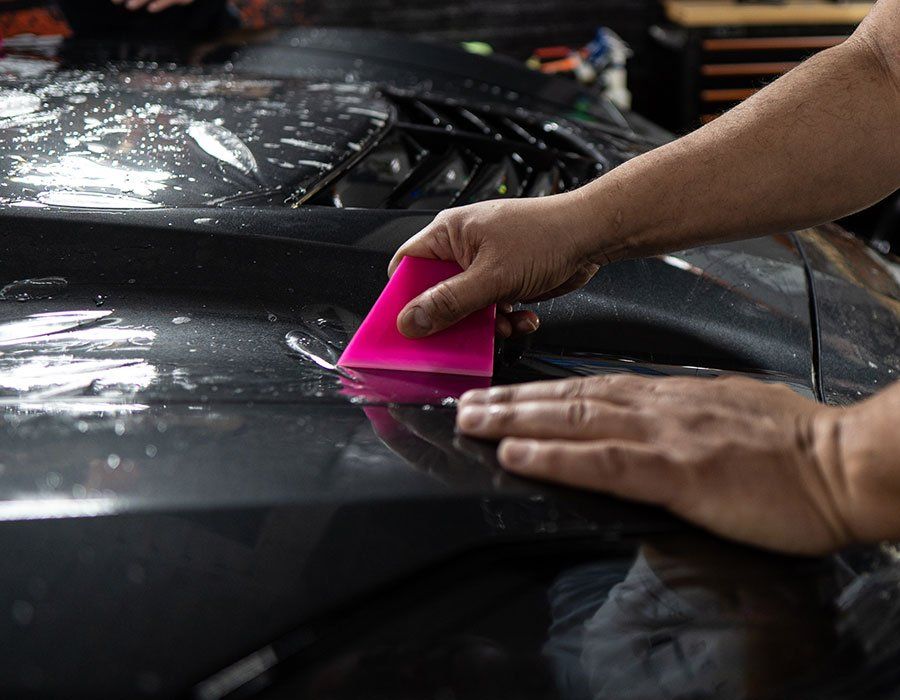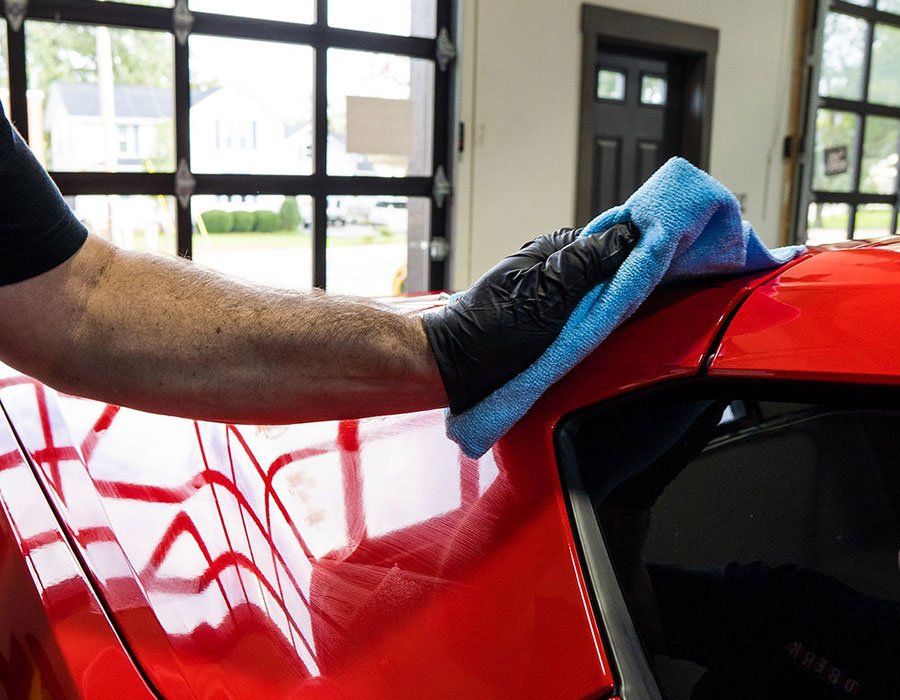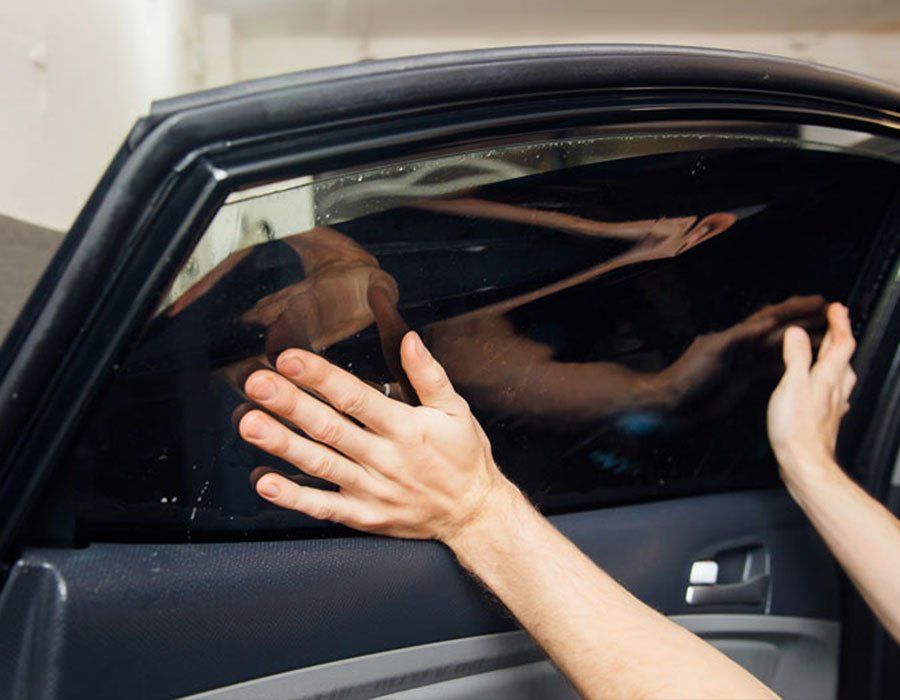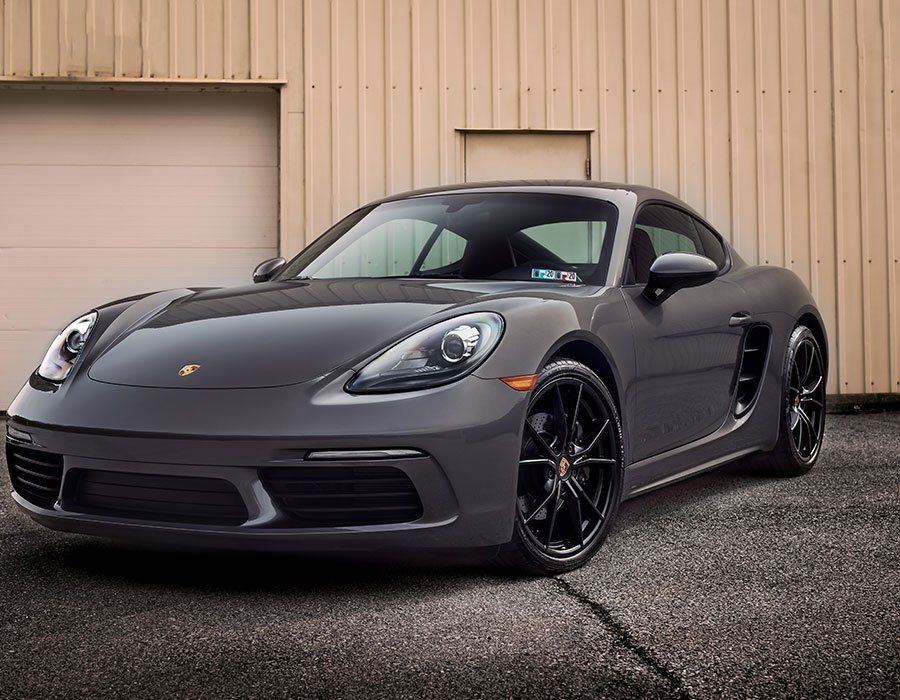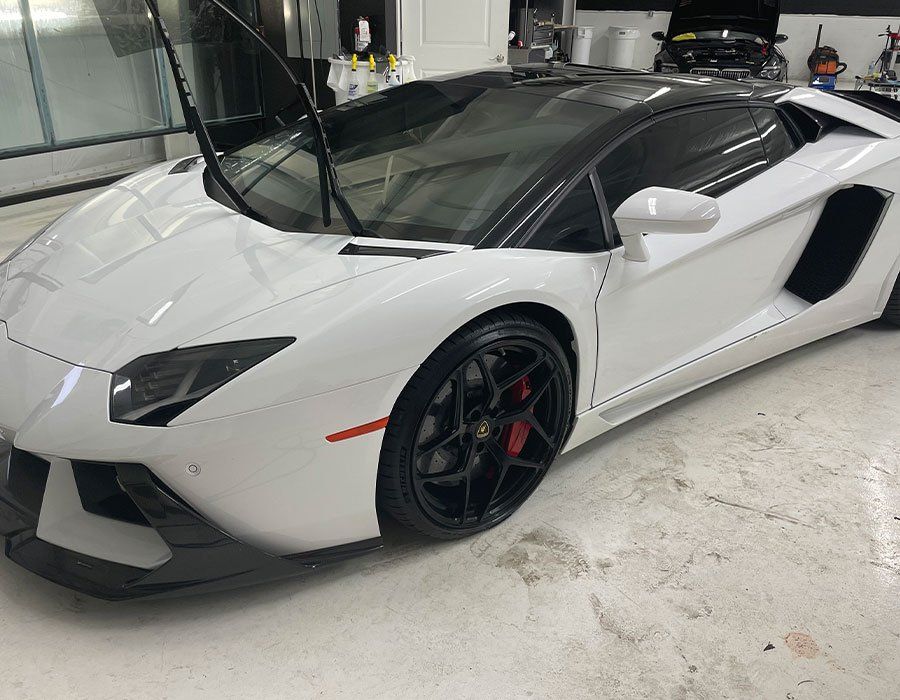
If you drive your car on a daily basis, your windshield may be damaged by rock chips; if you are driving on the highway, in construction areas, or on poorly maintained roads, the damage is more likely.
It's not fun to have a broken windshield. Nobody wants to deal with the hassle of replacing or repairing a cracked windshield. Dealing with the issue can take time, and replacing a windshield is not the same as installing a new one in terms of quality. Installing a windshield protection film is the best way to protect your car from rock chip damage.
Windshield Protection Film
The windshield protection film consists of 3 layers:
- A polymer layer that absorbs shock - It makes your windshield resist impact.
- An ultra-strong adhesive - It is used to stick the protection film to your windshield.
- Protective topcoat layer - It helps to prevent wiper blades from scratching the soft layer that absorbs shock.
ClearPlex is the best windshield film. When rock chips hit your windshield, the impact is distributed all over the film, making it difficult to break the glass, giving you peace of mind.
What is a ClearPlex windshield protection film?
ClearPlex is a multi-layered, optically clear protection film that adheres to the outside of a windshield to protect it from environmental and road damage. It prevents the glass from shattering when debris strikes it. It functions similarly to an exterior film in that it protects the paint on your vehicle.
Benefits of ClearPlex
Windshields are critical to the safety and structural integrity of your vehicle; keeping them in pristine condition is critical. The following are some of the benefits of installing a ClearPlex windshield film on your vehicle:
Impact and scratch resistant
Pebbles and other road debris can cause damage to your windshield. When a professional auto detailer installs a ClearPlex on your vehicle, it will protect it from impacts. The impacts can shatter and destroy unprotected glass, leaving only a small pinpoint on your protection film. As a result, your windshield will be protected, and the glass will not be damaged.
The point of impact can be hazardous because broken glass can impair the driver's vision and ability to navigate. ClearPlex offers a fresh perspective on overall windshield protection. The film does not bubble, crack, or peel. It provides virtual visibility throughout the film's runtime.
ClearPlex is scratch-resistant; it can withstand everyday wear and tear, such as abrasions from windshield wipers or highway sandblasting.
It reduces UV, glare, and Heat
UV stabilizers in ClearPlex reduce the amount of heat that accumulates in your vehicle. Its finish is polarized to help reduce glare. It will help protect your vehicle's interior and occupants from the sun's harmful UV rays.
ClearPlex is easy to install and maintain
ClearPlex film installation is simple; it can be applied thermally to the windshield. It adheres well to the glass and ensures its adhesiveness and clarity. With this level of adhesion, even the most powerful car wash jets will leave the film on your windshield intact.
A certified installer can install a ClearPlex windshield film on your car in two hours or less. Customers who have other obligations will find it convenient. The technician will measure the area of your windshield to determine the correct amount and size of the film. The film will be applied to your windshield using water-based glue. Then they use heat to fit it thermally and bond the by-product to your windshield's glass. ClearPlex film can be easily removed and replaced once it has served its purpose.
Do you want to learn more about the reasons to install a ClearPlex Windshield Protection Film for your vehicle? Welcome to Auto Film Guys!
A ClearPlex windshield will improve the comfort and safety of your driving experience. At Auto Film Guys, we offer a variety of auto services, including the installation of ClearPlex windshield film on your vehicle auto services, including the installation of ClearPlex windshield film on your vehicle. Speak with one of our professional installers; they will give you the information you need for your vehicle.
You must keep your car's windshield in good working order to maintain the structural integrity of your vehicle. A large or sharp rock may cause damage to your windshield. One of the many advantages of having windshield protection is that it significantly reduces that possibility.
We would like to offer windshield protection for your vehicle at Auto Film Guys. To schedule an appointment, please call [727] 940–2340. Our service areas include Tampa, St. Petersburg, and Sarasota, Florida.The body content of your post goes here. To edit this text, click on it and delete this default text and start typing your own or paste your own from a different source.
The Auto Film Guys Blog
